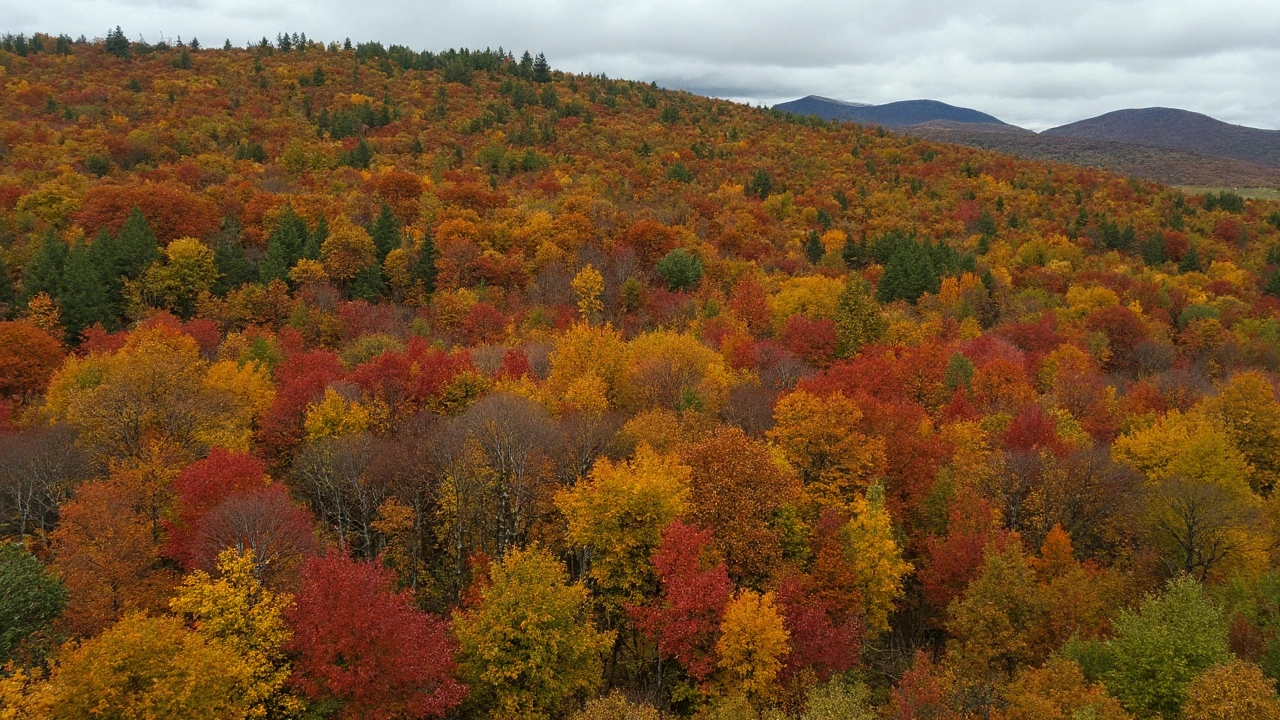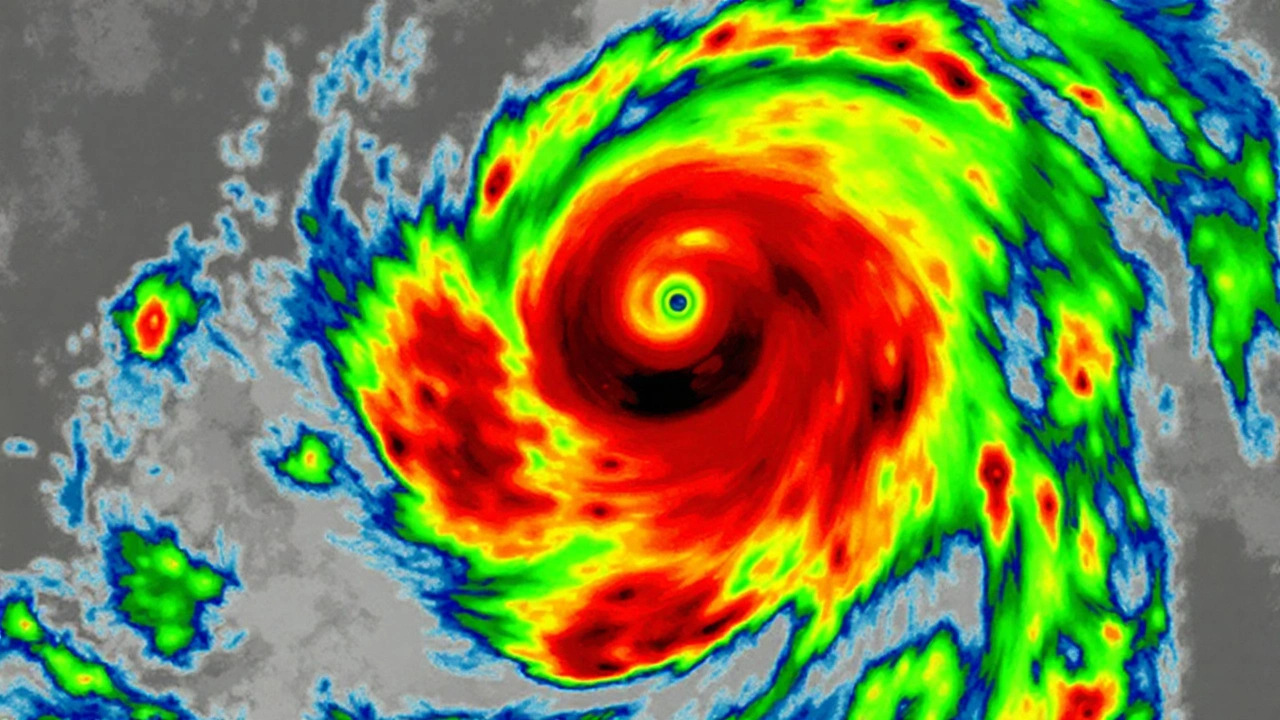Unseasonable Temperatures Across the Nation
The autumn equinox fell on Sunday, September 22, 2025, yet much of the United States felt like it was still midsummer. A stubborn high‑pressure system, anchored over the Southwest and Mexico, pushed hot, dry air far northward, creating what meteorologists are calling one of the most intense late‑season heat waves in recent memory.
Temperatures spiked 15 to 25 degrees above what climatologists normally expect for late September. Phoenix surged to an astonishing 115°F, eclipsing the previous record of 112°F set in 1995. Denver hit 94°F, beating its 2010 high of 91°F, while Minneapolis recorded an unusual 89°F, shattering a 1988 benchmark. Even cities that typically enjoy crisp early‑fall evenings were forced to contend with heat more typical of July.
These anomalies prompted the National Weather Service to issue excessive heat warnings across large swaths of Arizona, New Mexico, Colorado, and the Great Plains. The agency urged residents to stay hydrated, limit outdoor exertion, and check on vulnerable neighbors. record heat was highlighted in every briefing, emphasizing how quickly the danger level escalated.
Dr. Sarah Martinez, a climatologist with the NWS, noted that while a warm start to fall isn’t unheard of, the breadth and intensity of this event are noteworthy. “We’re seeing temperatures that would be considered hot even for July in many of these locations,” she said, underscoring the strain on both people and infrastructure.

Implications and Outlook
Beyond personal discomfort, the heat wave sent shockwaves through several sectors. Energy providers reported a sharp rise in air‑conditioning demand, pushing electrical grids in Texas, Arizona, and Colorado to the brink of overload. In some counties, rolling blackouts were considered as a last‑ditch measure to protect the system.
Agricultural consultants warned that lingering summer heat could jeopardize fall harvests. Crops such as apples and grapes, which rely on cooler evenings to develop flavor and texture, may suffer reduced quality or lower yields if temperatures stay above normal through September.
Fire danger also climbed dramatically. Red‑flag warnings were posted for Colorado and New Mexico, flagging the combination of high temperatures, low humidity, and parched vegetation. Authorities reminded the public to avoid open flames, campfires, and any activity that could spark a wildfire.
- Excessive heat warnings issued for AZ, NM, CO, and Great Plains.
- Energy demand for cooling surged 18% above average.
- Red‑flag alerts for fire‑prone regions.
- Potential impacts on apple, grape, and corn harvests.
Meteorologists expect the high‑pressure ridge to weaken by mid‑week, allowing a cooler air mass to push in. Temperatures should gradually trend toward seasonal norms, but models still show above‑average warmth persisting for the rest of September in much of the interior West and Mid‑South.
Climate scientists stress that single events can’t be directly blamed on global warming, yet the growing frequency of extreme heat episodes aligns with long‑term temperature rise. This unusually hot start to fall adds another data point in the broader conversation about how a warming planet reshapes weather patterns across North America.

Write a comment